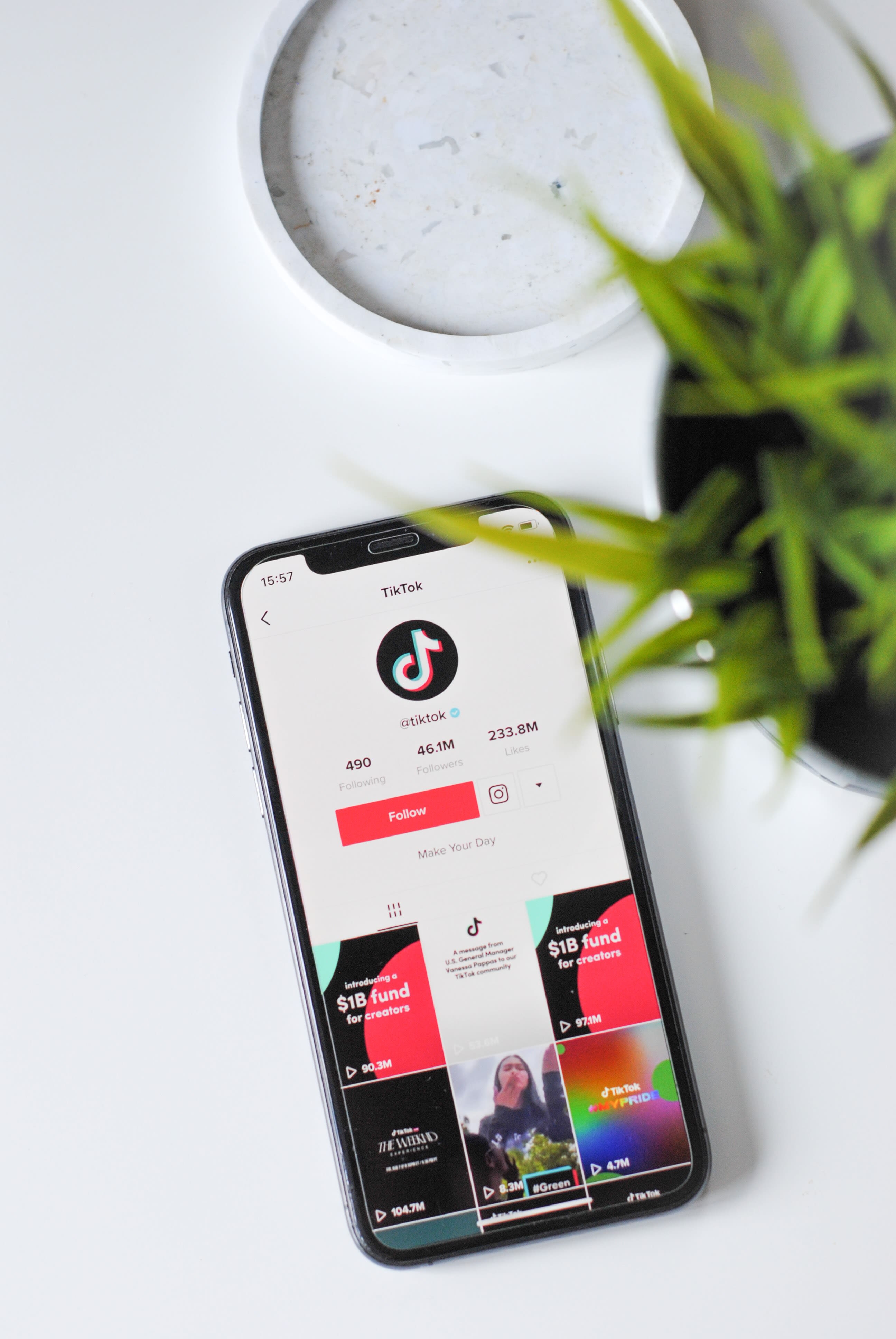Creating and Running Social Media Campaigns

In this digital age, social media campaigns have become a cornerstone of marketing and engagement strategies for businesses, nonprofits and personal brands alike. These campaigns leverage the power of platforms like Facebook, Instagram, Twitter and LinkedIn to reach wide audiences and achieve specific goals. This article provides a comprehensive guide to creating and running effective social media campaigns, from planning to execution and analysis.
Understanding Social Media Campaigns
A social media campaign is a coordinated marketing effort to reinforce or assist with a business goal using one or more social media platforms. Campaigns differ from everyday social media efforts because of their increased focus, targeting and measurability. They are designed to be more dynamic and engaging, aiming to generate specific outcomes such as increasing brand awareness, promoting products or driving participation in events or competitions.
Steps to Create and Run a Successful Social Media Campaign
1. Set Clear Objectives: Before launching a campaign, define clear, measurable goals. These could range from increasing the number of followers by 20% within three months to generating 50 leads per week. SMART goals (Specific, Measurable, Achievable, Relevant, Time-bound) provide structure and direction to the campaign.
2. Understand Your Audience: Knowing your target audience is critical. Utilise social media analytics to understand demographics, preferences and behaviours. This information helps in crafting messages that resonate with your audience and selecting the right platforms to focus your efforts.
3. Develop a Compelling Message: Your campaign should have a unified, compelling message that ties your posts and content together. This message should align with your brand voice and the interests of your target audience. A clear and engaging narrative will help your campaign stand out.
4. Choose the Right Platforms: Not all social media platforms are suitable for every campaign. Choose platforms based on where your target audience spends their time. For example, LinkedIn is great for B2B communications, while Instagram and TikTok are better for reaching younger consumer audiences.
5. Plan Content and Scheduling: Develop a content calendar that outlines what and when you will post. Content can include videos, images, infographics and written posts. Tools like Hootsuite or Buffer can help in scheduling posts to ensure consistent engagement without the need to manually post every time.
6. Engage with the Audience: Social media is a two-way communication channel. Engage with your audience by responding to comments, messages and mentions. Engagement builds community and trust, encouraging further interaction and sharing.
7. Leverage Paid Advertising: To extend the reach of your campaign, consider using paid advertising options available on social media platforms. These can be highly targeted to demographics, interests and behaviours, making them cost-effective.
8. Monitor and Adapt: Use analytics tools provided by social media platforms to track the progress of your campaign. Look at metrics like engagement rates, click-through rates and conversion rates. Be prepared to adapt your strategy based on what the data tells you.
9. Evaluate and Learn: After the campaign ends, evaluate its success against your initial objectives. Analyse both successes and areas for improvement. This evaluation will inform your strategies for future campaigns.
Social media campaigns are dynamic tools for achieving specific business objectives. By setting clear goals, understanding the audience, crafting compelling messages and effectively using analytics, businesses can maximise their impact on social media. Remember, the key to successful social media campaigns lies in strategic planning, engaging content, active engagement and continuous learning.



